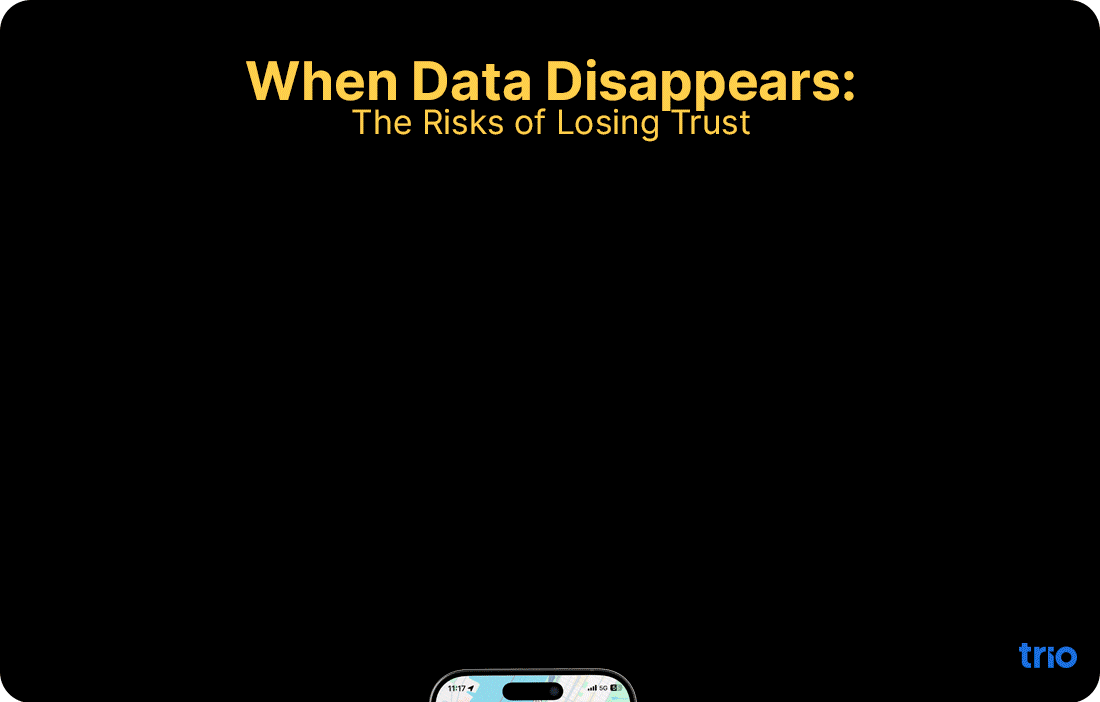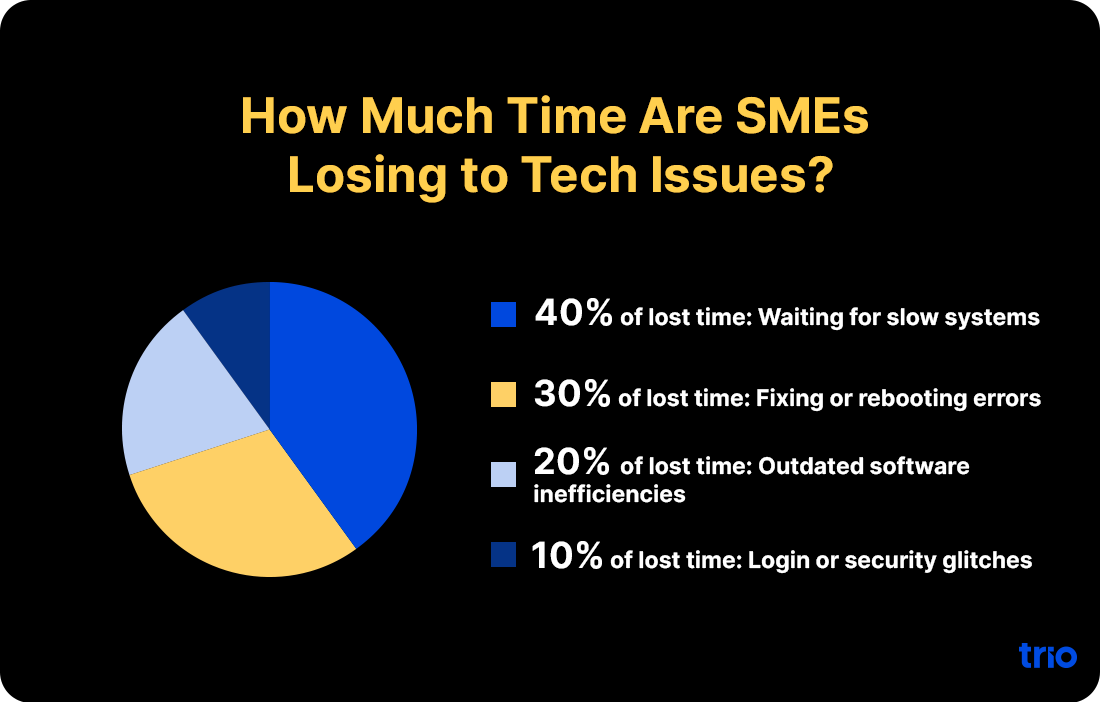How Tech Failures Cause Massive Losses
Hi there! 👋This week, we’re doing things a little differently. Instead of just reporting the news, we’re looking at how this will affect you and how you can use software development outsourcing to avoid these issues or deal with them effectively.
If you’d like to learn more about outsourced software development, check out these key considerations so you aren’t left scrambling to find information after an issue appears.
Let’s jump straight into some of the latest highlights!
Imagine opening your Google Maps Timeline and seeing nothing. All those places you’ve visited, trips you’ve taken, and moments you’ve tracked—gone. That’s exactly what happened to a wave of users recently.
While Google is working on it, the incident has highlighted something bigger: even the most advanced platforms could slip up.
The biggest problem with data issues is the loss of trust. Privacy and data security are incredibly valued, and public vulnerabilities can lead to a loss of confidence in your abilities.🔐
While Google has deep pockets and huge teams to patch things up, most companies don’t have that luxury. That’s why more teams are leaning into scalable strategies—like bringing in seasoned developers or QA pros on demand—to prevent issues before they ever hit production.
Because in tech, it’s not just about building fast. It’s about building smart.
Data issues are not the only thing that can go wrong. We often think of tech issues as big, dramatic failures—servers down, data lost, systems crashing.
But sometimes, the most expensive problems are the small ones that happen every day. A tab that takes too long to load. A login that glitches. A system that was built for 2015, trying to keep up with 2025.💻
A recent survey has shown that SME owners can lose as much as 98 hours every single year to tech issues! That’s more than two full work weeks spent on… waiting. Fixing. Rebooting. Time is money!⌛
What if you don’t have a big tech department to help you fix these issues? What if you don’t need one outside of these issues? Don’t waste your money on a full in-house team that needs salaries, benefits, and everything else you can think of. There are other ways to get tools that actually work!
Sometimes, the smartest move is bringing in a temporary team that can modernize what’s broken—or build what’s missing—without the hassle of a months-long hiring process. This saves you time and keeps the ball rolling.
If you want to learn more about how to hire these dedicated software development teams, check out this comprehensive article!
Other Stories Worth Noting This Week
There are a couple of other things that have happened in the world of software development this week.
With rising AI budgets,📈 opportunities are opening up worldwide. IBM is one of the many companies experts think might benefit. Have you wondered if there might be a market gap you could take advantage of?
Nvidia and Synchron are joining forces. The aim is to create a ‘cognitive AI’🧠 that will make the world more accessible to those with disabilities. With an increased global focus on accessibility, it’s important to make sure your apps are going to be compatible with these new tools. Outsourcing can help you make any necessary changes quickly.
Final Thoughts
No software is guaranteed to work perfectly forever. However, by utilizing models like outsourcing, you can proactively prevent or deal with issues quickly.💡
If you’ve found this edition of the Trio Insight useful, share it with a friend or colleague who might benefit from it. Anything to add, or something you think we’ve missed? Hit reply - we love to hear from you!
Until next time - keep developing!
Related Articles
In-House Development vs Outsourcing






